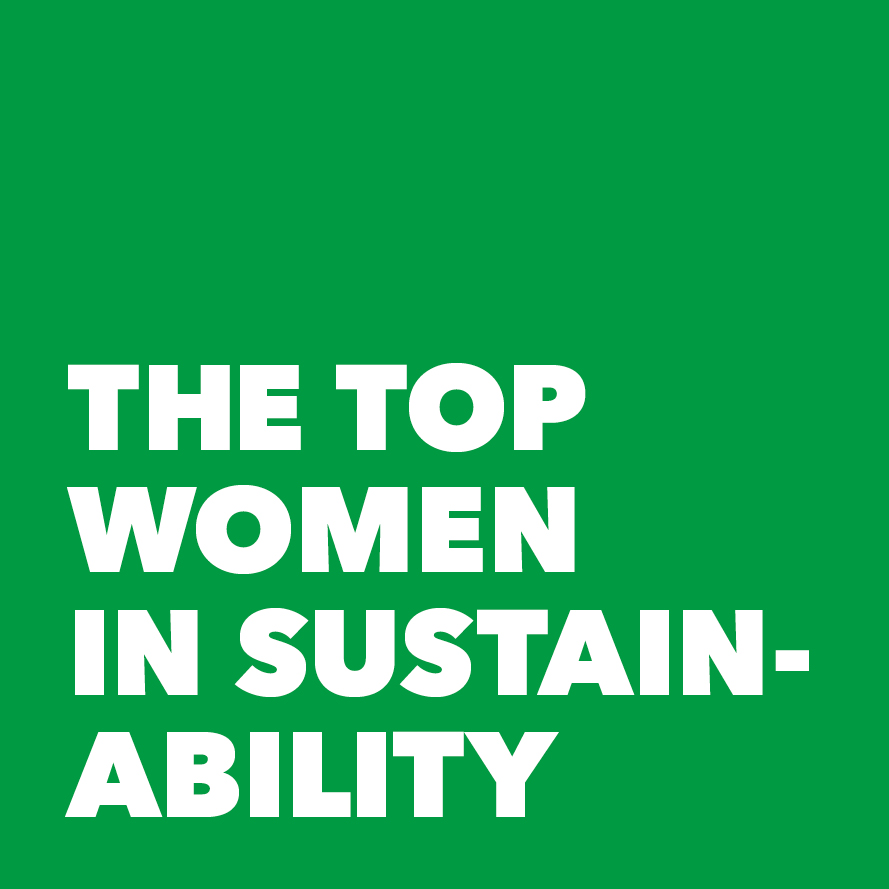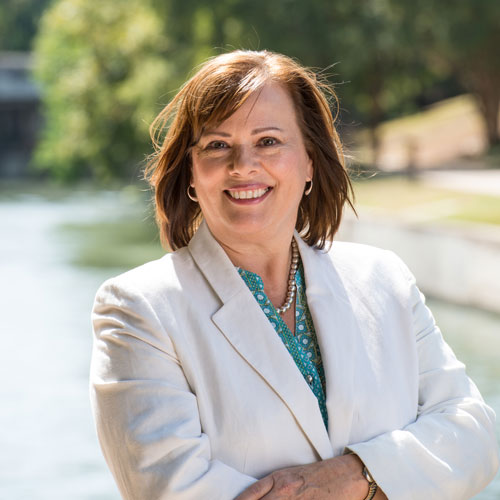
For five years, the AES Corporation’s project director spent his mornings with a flashlight in hand, directing traffic as construction crews arrived at 5 a.m. to work on the company’s coal-fired power plant in Vietnam.
It’s just one of the ways AES people walk the walk when it comes to putting safety first. The Arlington, Virginia-based FORTUNE 200 global power company places the utmost importance on creating an environment where workers are safer on the job than they are at home.
That’s no easy task, especially in the case of the company’s Vietnam plant, where local contractors showed up for work in flip-flops and baseball caps. Nevertheless, AES stepped up to the challenge, handling everything from buying the crews safety glasses and hard hats to educating the thousands of workers about safe practices. They even had to terminate about 450 people who weren’t following safety procedures.

“It’s much better to terminate somebody than allow that person to stay on that site and end up seriously injured,” says Mike Chilton, senior vice president of global engineering and construction. “We took a pretty hard line, but I think it was necessary.”
The hard work paid off. The Mong Duong 2 power plant in Vietnam began operating in April 2015, six months ahead of schedule. The 1,240 MW coal-fired plant set a record of 15 million man-hours without a lost-time incident in nearly 44 million man-hours worked. There were no fatalities during the project, which also came in under budget.
Alto Maipo
Alto Maipo is located on the upper basin of the Maipo River, roughly 37 miles southeast of Santiago, Chile. Completion is expected in the second half of 2018. The project includes:
- 2 hydroelectric power stations
- 67 km of tunnels to allow inflows to reach the two power stations and between the power stations and to discharge the generating flows back into the Maipo River
- 2 transmission lines totaling approximately 17 km in length
- Upgrade 25 km of existing transmission lines
The majority of construction for the project is underground, including the powerhouses, siphons, access tunnels, and water conveyance systems/tunnels. Surface construction includes delivery canals, forebay structures, intakes, and new bridges to gain access to tunnel portals. Access roads, facilities, provisional job camps, and tunnel muck disposal sites also are included and located at specific locations within the project site.
“At the end of the day, being safe—at least in our eyes—also means being productive,” Chilton says.
AES reports safety results of its contractors and its own people with no differentiation, which is somewhat unusual. “People are people,” Chilton says. “Those are resources we depend upon. We’re paying them money and we hold them accountable to the same standards as our own.”
From 2009 through 2014, AES reduced its lost-time incident rate by a factor of five. Chilton credits that achievement to leaders who make safety their personal priority. AES recognizes safety milestones with plaques and gives one golden hardhat award per year to a business that has set an example in safety. Furthermore, 10 percent of each employee’s bonus is tied to safety results.
The company is careful not to go overboard and drive incidents underground by making workers afraid to come forward for fear of repercussion. No one gets in trouble for reporting an accident, but people have been fired for hiding one, Chilton says.
Another challenge lies in the nature of the business. Not only is it hazardous work, but thousands of workers come and go throughout the life of a project. Although 3,000 people might be working on a power plant at a given time, there could be 18,000 who have worked on it at some point, Chilton says. AES works to impart the importance of safety on each worker through orientation, supervisors that are on board, accountability, and even word of mouth among colleagues about the expectation of safety.
Everyone in the company has the authority to stop work if they don’t believe it’s being done safely, regardless of their position. Chilton says it can be hard for people to embrace that at first, but it’s one of the company’s most powerful tools. He adds that kind of safety-first mindset also anchors other AES projects, including both hydroelectric and solar power plants in Chile and a battery-based energy storage project in Southern California that will begin in 2017.
Chilton says he loves what he does and has the best job in the company.
“You get to bring basic infrastructure or a basic need to people who don’t have it in many cases,” he says. “I think, for example, in Vietnam, it’s certainly rewarding to be able to build one of these plants and know that it will stand the test of time and the electricity it generates will help make lives better.”
AES Southland
In 2014, AES was awarded 20-year contracts by Southern California Edison (SCE) to provide 1,284 MW of combined-cycle gas-fired generation and 100 MW of interconnected battery-based energy storage (equivalent to 200 MW of flexible energy storage resource). This new capacity will be built at SCE’s existing power plant sites in Huntington Beach and Long Beach, located south of Los Angeles.
The repowering project consists of installing high-efficiency gas-cooled power generating equipment, which will replace the existing assets at both Huntington Beach (pictured) and Alamitos locations in 2020. The new natural gas-fired equipment will provide up to 642 MW of electric power at each site for a total of 1,284 MW, while also providing a significantly lower environmental impact thanks to lower emissions and minimized use of sea water cooling during operation. Both facilities are scheduled to be complete in 2020, adding significant 230 kV power to SCE’s structure. The power blocks at both facilities will consist of high-efficiency combined-cycle generation equipment that has demonstrated high reliability output, industry-leading safety provisions, and met or exceeded emissions and noise regulations.



